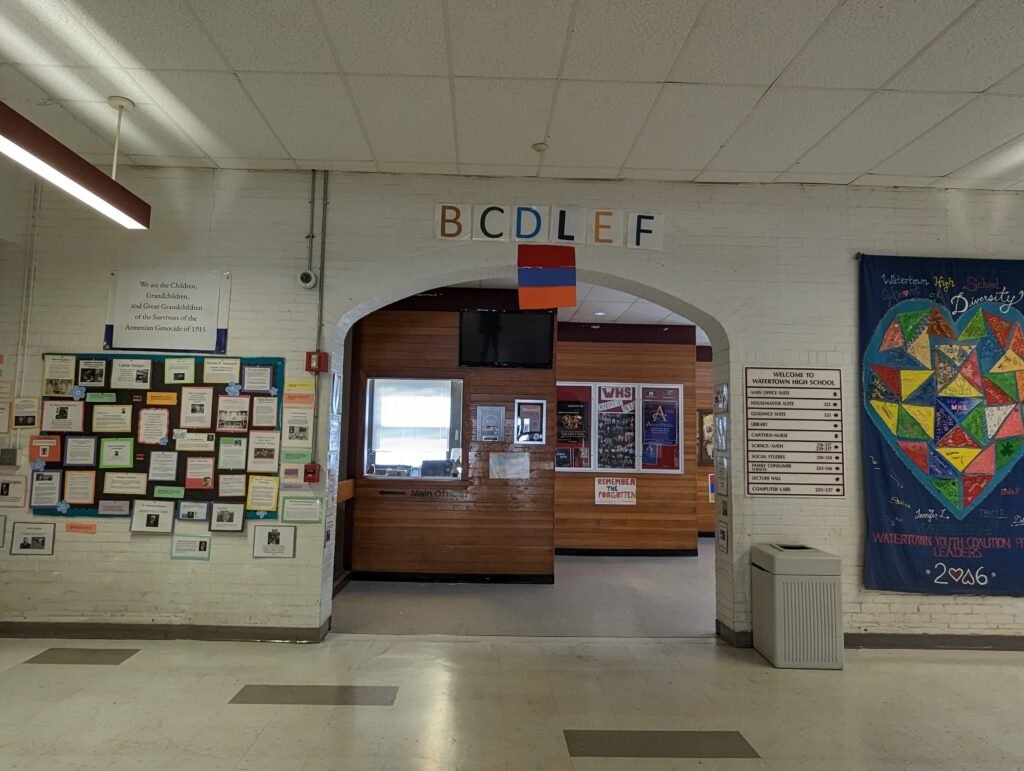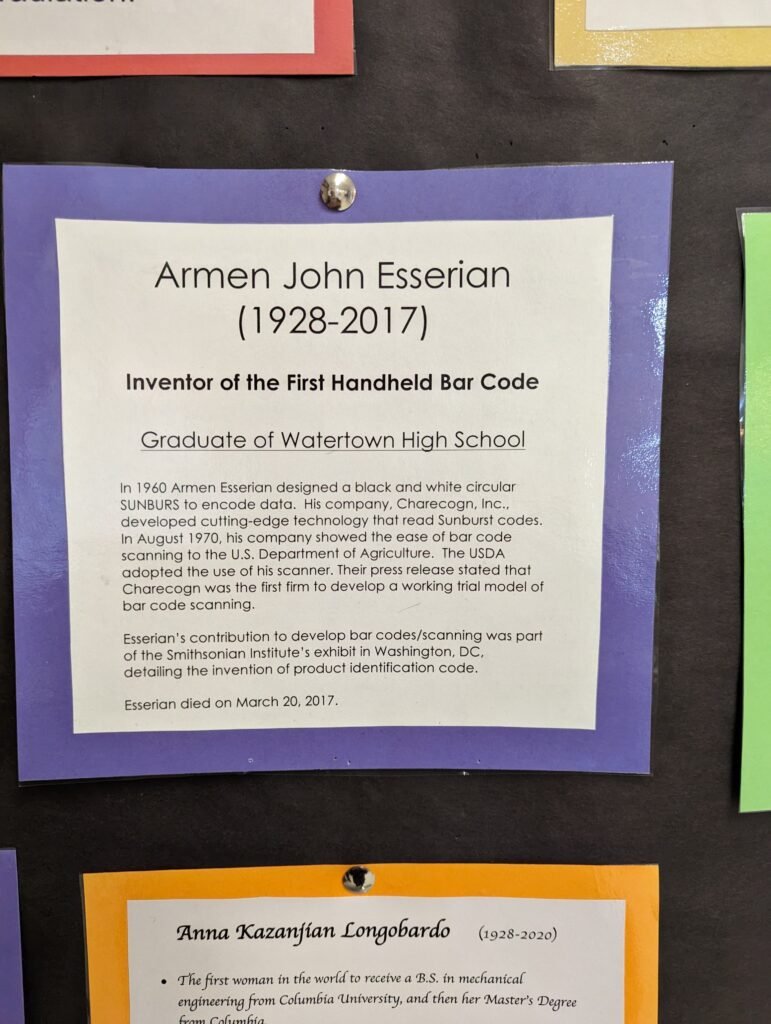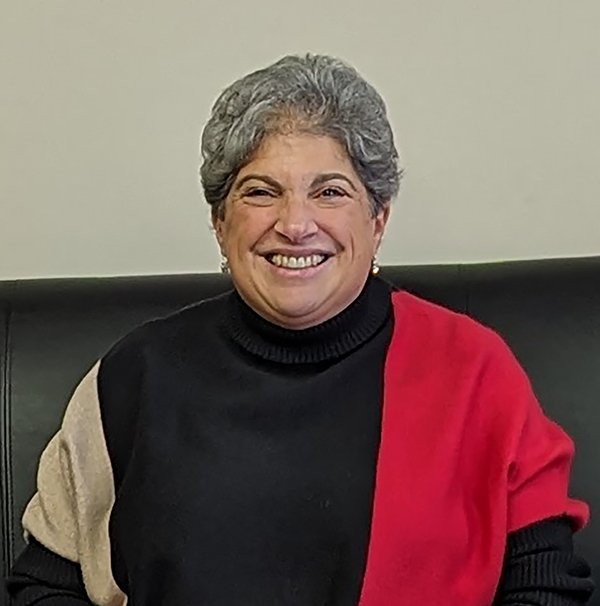
WATERTOWN, Mass.—Siran Tamakian has been teaching at Watertown High School for 23 years. Since the retirement of longtime Armenian language teacher Anahid Yacoubian in 2009 after nearly four decades at the high school, Tamakian has carried the torch and kept Western Armenian alive for Watertown’s students, in addition to teaching English as a Second Language (ESL).
The survival of the Armenian language program is in peril again, after having faced elimination several times over the years. Tamakian will retire from teaching at the end of the 2023-2024 school year. That means the school needs to fill the void, not only in ESL, but even more urgently with the Armenian class.
When Tamakian took over as Armenian teacher, Yacoubian had been teaching four periods of varying levels of Armenian. The school approved Tamakian’s added role with the stipulation that she would only teach one period that included all levels of students. “It was very chaotic,” Tamakian told the Weekly during a recent visit to Watertown High School, but they persevered and Armenian has continued to be taught at the high school for a dwindling population of Armenian students.
At one time, the student body was about 75-percent Armenian. Today, there are about 100 students who identify as Armenian in a population of 716 students. Additionally, Watertown Middle School no longer offers the Armenian language, which has resulted in fewer students choosing the language at the high school level.
All of this deeply concerns Tamakian. “When I retire next June, I’m really worried about what’s going to happen. I’m sure they’re not going to continue it,” she told the Weekly. This prompted her to offer the school a temporary solution until they can find an Armenian language teacher to replace her. During her first year post-retirement, Tamakian has said that she is willing to go to the high school every day to teach the one period of Armenian. With the class periods being organized in blocks, it will be a little challenging for scheduling, but she says it’s worth it. “It’s fine to do for a year if it will help the kids to finish their three years of a language with Armenian,” Tamakian said.
There’s no guarantee that the school will accept her offer, so she feels community members will need to call on the school committee to demand the continuation of Armenian language classes at Watertown High School. It’s been done before with the help of the local Armenian National Committee.
Watertown High School remains the only public high school in the US that offers Armenian language class; there are several private and Armenian high schools around the country that include the language. Since Western Armenian has been deemed endangered by UNESCO, and Watertown High School is certified to teach it, Tamakian feels an urgency for the classes to continue at the school.
Not only is Western Armenian taught, but like those before her, Tamakian’s class also includes history and culture, which brings us to the next icon that could be lost after her retirement, if not sooner: the Armenian Wall of Fame.

Tamakian began the wall of fame not long after she took over as Armenian teacher. She remembers seeing a post on Facebook that named about 10 Armenians famous for various accomplishments. “I should make a list myself,” she thought, and the wall of fame was born. Over the years, the wall, which snakes down the hall near the entrance to the high school, has grown to include about 100 individuals of distinction, along with posters designed by the students to commemorate the Armenian Genocide. She said that the Armenian Weekly has long been her primary source for names and information.

At one time, she and her students began filling in the states that had recognized the Genocide on a US map – a map that is now completely filled. As we walked along perusing the people on the wall, the names and faces of Watertown High School graduates appeared, along with a Rhode Island connection, which led to wistful nostalgia for both of us.

Tamakian hangs the posters and accompanying information in time for the Genocide remembrance in April and keeps them up until the first week of May. This year was bittersweet as she dismantled the display and boxed it up, as she is unsure if there will be room for the wall of fame next year.

Watertown High School is scheduled to be rebuilt. At the end of this school year, the current building, originating in 1925, will be torn down to make way for a new school. In the meantime, a temporary school, in the form of modular pods, is being built near the middle school at Moxley Field. The plan is for the temporary structure to be used for three academic years until the new high school building is completed in its current location.

With the limited space in the temporary location, teachers will be sharing classrooms, and Tamakian is afraid she won’t be able to display the wall of fame for her last year before retirement. The posters create interest with the students and teachers. One social studies teacher recently brought students to view the wall and asked them to find three scientists or three entrepreneurs. Right now, Tamakian’s students are working on slideshow presentations about some of the famed individuals. She selected about 30 from the extensive list, and the students chose several to research and “get to know a little better.”
Tamakian’s Armenian class and wall of fame introduce her students to both the language and Armenians who have had an impact on the global community, instilling a sense of pride and inspiring possibilities in their own lives.
Anyone wishing to raise their voice in support of continuing the Armenian language program at Watertown High School may email Tamakian, whose full name is Sonia Siran, at sonia.tamakian@watertown.k12.ma.us.



Look at our cute little Siran. She is all grown up.
Siran, you are a very successful lady!